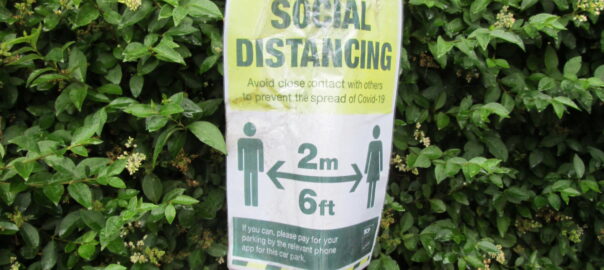D
Social distancing is a concept that was introduced during the coronavirus pandemic of 2020 and was designed to limit the spread of the disease in a simple but effective way.
In essence, it meant not sharing the same trousers or skirt with your partner (or the person nearest to you if you were in a queue for UHT milk). A distance of 6.6 feet (2 metres) was set as the minimum safe separation but this created obvious difficulties for masseurs, tug-of-war teams and pickpockets and as a result, all such occupations were prohibited or reserved for children under ten.
Socialist distancing is a variation on this pandemic precaution, with a recommended minimum separation of 656 feet (200 metres) between you and any member of the Conservative party, and 2 kilometres (6561 feet) if you are at risk of exposure to Robert Jenrick.
The concept of self-oscillation was also introduced at the same time, with people developing symptoms of Covid-19 advised to spend 14 days rocking back and forth (and to and fro) in a cupboard under the stairs, a tree house or a securely sealed shipping container.
As they were inherently more vulnerable, pensioners were subject to an additional set of restrictions, with the over-65s banned from receiving Mother’s Day presents, shopping for food during daylight and taking part in spontaneous rambling (literal and metaphorical).

